| |
Date |
Event(s) |
| 1 | 1714 | - 1 Aug 1714—11 Jun 1727: King George I's reign

George I ascended the British throne as the first monarch of the House of Hanover. Although over 50 Roman Catholics were closer to his predecessor, Anne by primogeniture, the Act of Settlement 1701 prohibited Catholics from inheriting the British throne; George was Anne's closest living Protestant relative. In reaction, Jacobites attempted to depose George and replace him with Anne's Catholic half-brother, James Francis Edward Stuart, but their attempts failed.
During his reign, the powers of the monarchy diminished and Britain began a transition to the modern system of cabinet government led by a prime minister. Towards the end of his reign, actual political power was held by Robert Walpole, now recognised as Britain's first de facto prime minister. George died of a stroke on a trip to his native Hanover, where he was buried - the last British monarch to be buried outside the UK.
|
| 2 | 1721 | - 3 Apr 1721—11 Feb 1742: Sir Robert Walpole - 1st British Prime Minister
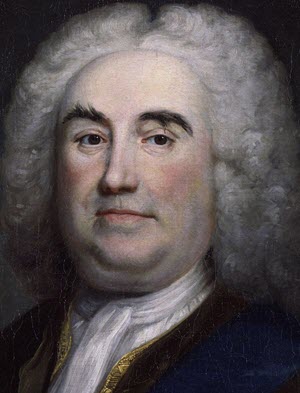
In the wake of the South Sea Bubble financial crisis, Walpole became First Lord of the Treasury and Chancellor of the Exchequer. He never held the title 'Prime Minister,' but was given the powers that came to be associated with the office. George I also gave him 10 Downing Street, still the official residence of the prime minister.
|
| 3 | 1727 | - 11 Jun 1727—25 Oct 1760: King George II's reign
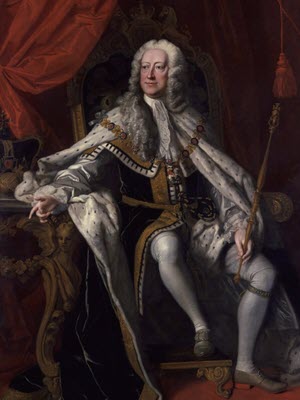
George IIexercised little control over British domestic policy, which was largely controlled by the Parliament of Great Britain. As elector, he spent twelve summers in Hanover, where he had more direct control over government policy.
During the War of the Austrian Succession, George participated at the Battle of Dettingen in 1743, and thus became the last British monarch to lead an army in battle. In 1745, supporters of the Catholic claimant to the British throne, James Francis Edward Stuart ("The Old Pretender"), led by James's son Charles Edward Stuart ("The Young Pretender" or "Bonnie Prince Charlie"), attempted and failed to depose George in the last of the Jacobite rebellions.
|
| 4 | 1731 | |
| 5 | 1733 | - 1733: The Flying Shuttle
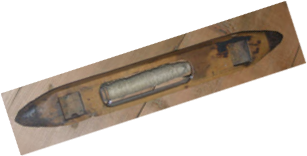
The flying shuttle was patented by John Kay in 1733. Its adoption would revolutionize the British textile industry and, in no small part, help spark the industrial revolution. Its basic design was improved over the following years with an important one in 1747
- 24 Mar 1733: Joseph Priestley born
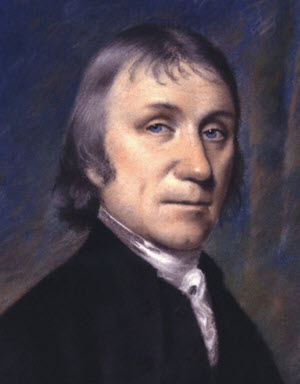
Joseph Priestley was a renowned English theologian, author, chemist and political theorist of the 18th century. He is also regarded by many as the one who discovered oxygen. His contribution to science was so immense that he had been made a member of nearly every major scientific society by the time he passed away
|
| 6 | 1736 | - 1736: James Watt born
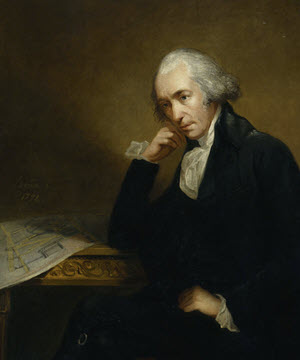
James Watt was a Scottish inventor, mechanical engineer, and chemist who improved on Thomas Newcomen's steam engine with his Watt steam engine in 1776, which was fundamental to the changes brought by the Industrial Revolution in both his native Great Britain and the rest of the world.
While working as an instrument maker at the University of Glasgow, Watt became interested in the technology of steam engines. He realised that contemporary engine designs wasted a great deal of energy by repeatedly cooling and reheating the cylinder. Watt introduced a design enhancement, the separate condenser, which avoided this waste of energy and radically improved the power, efficiency, and cost-effectiveness of steam engines.
Watt attempted to commercialise his invention, but experienced great financial difficulties until he entered a partnership with Matthew Boulton in 1775. The new firm of Boulton and Watt was highly successful and Watt became a wealthy man.
|
| 7 | 1742 | - 16 Feb 1742—27 Jul 1743: Earl of Wilmington - 2nd British Prime Minister
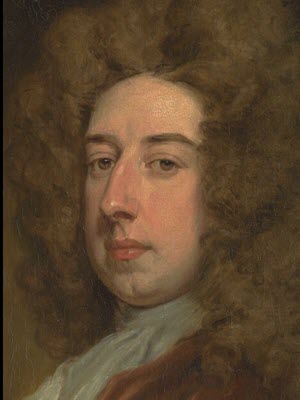
Spencer Compton, 1st Earl of Wilmington, KG, PC was a British Whig statesman who served continuously in government from 1715 until his death. He served as the Prime Minister from 1742 until his death in 1743. He is considered to have been Britain's second Prime Minister, after Sir Robert Walpole, but worked closely with the Secretary of State, Lord Carteret, in order to secure the support of the various factions making up the Government.
|
| 8 | 1743 | - 27 Aug 1743—6 Mar 1754: Henry Pelham - 3rd British Prime Minister
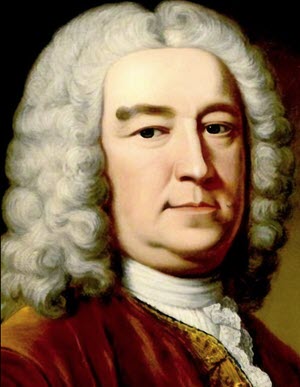
Henry Pelham was a British Whig statesman, who served as Prime Minister of Great Britain from 27 August 1743 until his death.
Pelham's premiership was relatively uneventful in terms of domestic affairs, although it was during his premiership that Great Britain experienced the tumult of the 1745 Jacobite uprising. In foreign affairs, Great Britain fought in several wars. Upon Pelham's death, his brother Newcastle took full control of the ministry.
|
| 9 | 1750 | - 1750: Highland Clearances begin
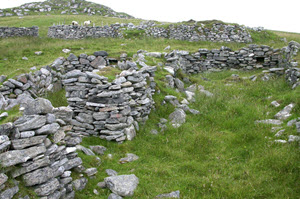
Highland Clearances: from the 1750s, landlords in the Scottish Highlands began to forcibly remove tenants from their land, usually to replace them with more profitable sheep farming. The clearances resulted in whole Highland communities leaving Scotland and emigrating, most of them to North America. Many others moved to growing urban industrial centres such as Glasgow
- 1750: Sir Joseph Banks born
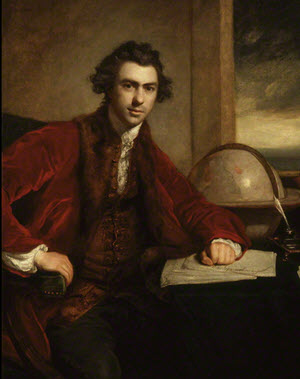
Sir Joseph Banks was an English naturalist and botanist whose work paved the way for future-botanists. After inheriting a vast family fortune he could chase his passion, and went on to explore previously uncharted territories. He embarked on a voyage with James Cook aboard HMS Endeavour and returned with a major collection of specimens.
Banks advocated British settlement in New South Wales and colonisation of Australia, as well as the establishment of Botany Bay as a place for the reception of convicts, and advised the British government on all Australian matters. He is credited with introducing the eucalyptus, acacia, and the genus named after him, Banksia, to the Western world. Approximately 80 species of plants bear his name.
|
| 10 | 1754 | - 16 Mar 1754—11 Nov 1756: Duke of Newcastle - 4th British Prime Minister
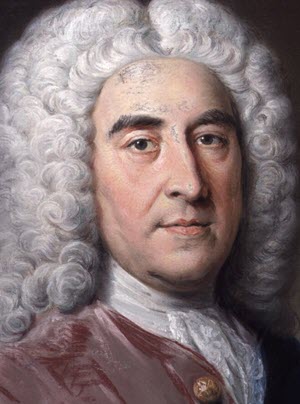
Thomas Pelham-Holles, 1st Duke of Newcastle upon Tyne and 1st Duke of Newcastle-under-Lyme, was a British Whig statesman, whose official life extended throughout the Whig supremacy of the 18th century. He is commonly known as the Duke of Newcastle. Historian Harry Dickinson says that he became, "Notorious for his fussiness and fretfulness, his petty jealousies, his reluctance to accept responsibility for his actions, and his inability to pursue any political objective to his own satisfaction or to the nations profit ... Many modern historians have depicted him as the epitome of unredeemed mediocrity and as a veritable buffoon in office."
|
| 11 | 1756 | - 16 Nov 1756—29 Jun 1757: Duke of Devonshire - 5th British Prime Minister
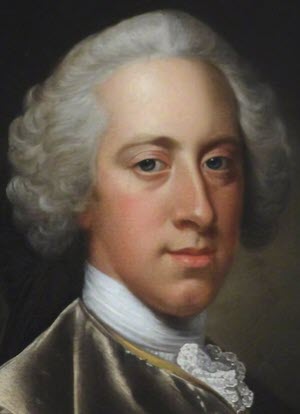
William Cavendish, 4th Duke of Devonshire, styled Lord Cavendish before 1729 and Marquess of Hartington between 1729 and 1755, was a British Whig statesman and nobleman who was briefly nominal Prime Minister of Great Britain. The Seven Years' War was going badly for Britain under the leadership of the Duke of Newcastle and when he resigned in October 1756, George II eventually asked Devonshire to form an administration. Devonshire accepted on the condition that his tenure would last only until the end of the parliamentary session. Devonshire believed his duty to the King required an administration capable of prosecuting the war successfully.
|
| 12 | 1757 | - 29 Jun 1757—26 May 1762: Duke of Newcastle - 6th British Prime Minister

Thomas Pelham-Holles, 1st Duke of Newcastle upon Tyne and 1st Duke of Newcastle-under-Lyme, was a British Whig statesman, whose official life extended throughout the Whig supremacy of the 18th century. He is commonly known as the Duke of Newcastle. Historian Harry Dickinson says that he became, "Notorious for his fussiness and fretfulness, his petty jealousies, his reluctance to accept responsibility for his actions, and his inability to pursue any political objective to his own satisfaction or to the nations profit ... Many modern historians have depicted him as the epitome of unredeemed mediocrity and as a veritable buffoon in office."
|
| 13 | 1760 | - 25 Oct 1760—29 Jan 1820: King George III's reign

George III was the third British monarch of the House of Hanover, but unlike his two predecessors, he was born in Great Britain, spoke English as his first language, and never visited Hanover. His reign was marked by a series of military conflicts involving his kingdoms, much of the rest of Europe, and places farther afield. Early in his reign, Great Britain defeated France in the Seven Years' War, becoming the dominant European power in North America and India. However, many of Britain's American colonies were soon lost in the American War of Independence. Further wars against revolutionary and Napoleonic France from 1793 concluded in the defeat of Napoleon at the Battle of Waterloo in 1815.
Later in life, George III had recurrent mental illness. After a final relapse in 1810, a regency was established, and George III's eldest son, George, Prince of Wales, ruled as Prince Regent.
|
| 14 | 1762 | - 26 May 1762—8 Apr 1763: Earl of Bute - 7th British Prime Minister

John Stuart, 3rd Earl of Bute, was a British nobleman who served as Prime Minister of Great Britain from 1762 to 1763 under George III.
Bute's premiership was notable for the negotiation of the Treaty of Paris (1763) which concluded the Seven Years' War. In so doing, Bute had to soften his previous stance in relation to concessions given to France, in that he agreed that the important fisheries in Newfoundland be returned to France without Britain's possession of Guadeloupe in return.
|
| 15 | 1763 | - 16 Apr 1763—10 Jul 1765: George Grenville - 8th British Prime Minister

George Grenville (14 October 1712 – 13 November 1770) was a British Whig statesman who rose to the position of Prime Minister of Great Britain. Grenville was born into an influential political family and first entered Parliament in 1741 as an MP for Buckingham. He emerged as one of Cobham's Cubs, a group of young members of Parliament associated with Lord Cobham.
His government tried to bring public spending under control and pursued an assertive foreign policy. His best known policy is the Stamp Act, a common tax in Great Britain onto the colonies in America, which instigated widespread opposition in Britain's American colonies and was later repealed.
|
| 16 | 1765 | - 13 Jul 1765—30 Jul 1766: Marquess of Rockingham - 9th British Prime Minister

Charles Watson-Wentworth, 2nd Marquess of Rockingham, was a British Whig statesman, most notable for his two terms as Prime Minister of Great Britain. He became the patron of many Whigs, known as the Rockingham Whigs, and served as a leading Whig grandee. He served in only two high offices during his lifetime (Prime Minister and Leader of the House of Lords), but was nonetheless very influential during his one and a half years of service.
Rockingham's administration was dominated by the American issue. Rockingham wished for repeal of the Stamp Act 1765 and won a Commons vote on the repeal resolution by 275 to 167 in 1766. However Rockingham also passed the Declaratory Act, which asserted that the British Parliament had the right to legislate for the American colonies in all cases whatsoever.
|
| 17 | 1766 | - 30 Jul 1766—14 Oct 1768: Earl of Chatham - 10th British Prime Minister

William Pitt, 1st Earl of Chatham, (15 November 1708 – 11 May 1778) was a British statesman of the Whig group who led the government of Great Britain twice in the middle of the 18th century. Historians call him Pitt of Chatham, or William Pitt the Elder, to distinguish him from his son, William Pitt the Younger, who also was a prime minister. Pitt was also known as The Great Commoner, because of his long-standing refusal to accept a title until 1766.
Pitt is best known as the wartime political leader of Britain in the Seven Years' War, especially for his single-minded devotion to victory over France, a victory which ultimately solidified Britain's dominance over world affairs. He is also known for his popular appeal, his opposition to corruption in government, his support for the colonial position in the run-up to the American War of Independence, his advocacy of British greatness, expansionism and colonialism, and his antagonism toward Britain's chief enemies and rivals for colonial power, Spain and France.
|


